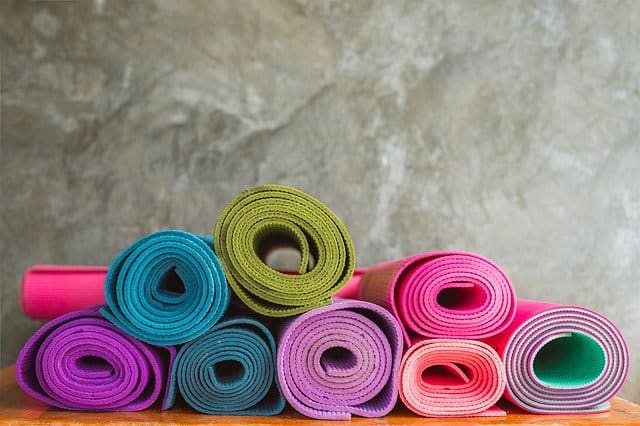NBR or Nitrile Butadiene Rubber is a synthetic or man-made rubber. It is made using polymerization, which is a chemical reaction in which chains of molecules are formed.
Since NBR could withstand different levels of temperature and environments and has a low cost, it is one of the most extensively used rubbers in the world.
NBR has large-scale uses in the automotive and aeronautical industries. Moreover, it is also used in making gloves, adhesives, sponges, floor mats, and other daily-use products.
As you just read, NBR is not just being used in heavy industries but has applications in our lives as well. This demands the question: Is NBR eco-friendly?
No, NBR is not environment-friendly. At least, not on the surface. In this blog post, we lay down all the facts and information related to NBR and try to see the bigger picture.
Is NBR Environment Friendly?
For making NBR, a toxic substance called Butadiene is required, which is an air pollutant and has also been found to cause cancer and other diseases. Due to this reason, there are restrictions on sourcing Butadiene, and production of NBR is limited in Canada, the USA, and Europe.
But that’s not the complete truth. Alternatives to butadiene do exist. And there has been an increasing tendency to switch from using butadiene to using plant-based raw materials to make the same NBR-like rubber.
The manufacturing process of NBR also involves the release of greenhouse gases into the environment. These gases are responsible for increasing temperatures in the earth’s atmosphere. So, they are harmful to the planet.
Moreover, it is depressing to know that rubber including NBR along with leather and textile constitute 8% of the total landfill mass. This makes us ask: How does NBR end up in landfills?
NBR ends up in landfills because wastage during production is not managed properly.
Moreover, NBR has been found to be more non-biodegradable than all other synthetic rubbers. This means that it is more resistant to chemical breakdown than all other rubbers available in the market.
But the solution to this problem exists. And it is recycling. Research shows that used NBR has better properties than newly produced NBR. Not only this, less energy is required when processed NBR is used to make products.
So, we understand that the production process of NBR is harmful to the environment. That being said, whether NBR continues to harm the environment or not, that’s dependent on how it is handled. It is indeed non-biodegradable but recycling of NBR is more sustainable and better than producing it anew.
FAQs
- Is NBR toxic?
No, Nitrile Rubber or NBR is not toxic. It is water-resistant and recyclable.
- Is NBR food grade?
Yes. Nitrile Rubber or NBR is food grade. This means that it is safe for consumption. The US Food and Drug Administration (FDA) has authorized the use of NBR in food processing and manufacturing cosmetics and pharmaceuticals.
- Is NBR silicone?
No. Nitrile Rubber or NBR is not silicone, which is also a rubber made as a result of polymerization but of different molecules.
- Is NBR oil-resistant?
Yes. Nitrile Rubber or NBR shows resistance to oil and oily substances due to its chemical composition.





